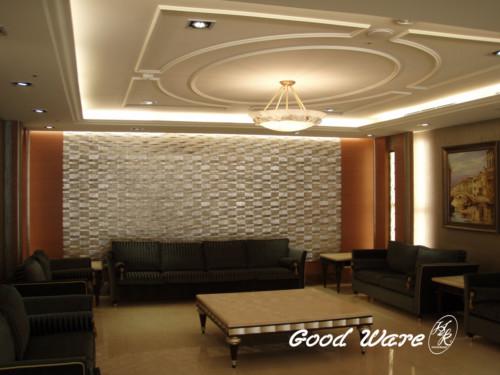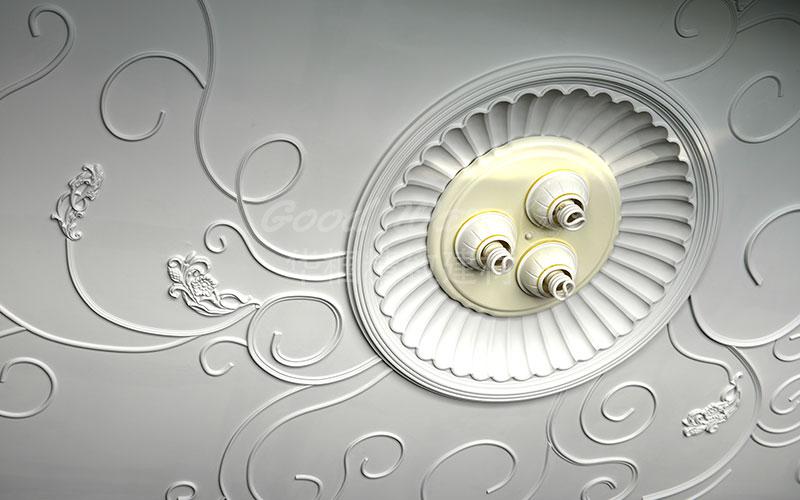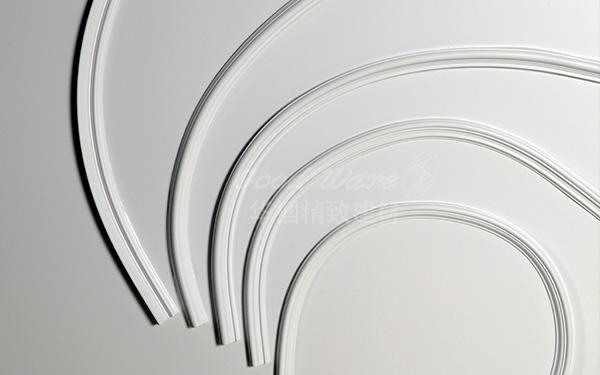In the process of interior construction, most people prefer to leave a small unstitching gap when they used building materials in the joint, rather than close joint. So why did this happen?
1.why leave a gap
In general, we call this gap “unstitching gap”. The reason for creating the gap is to prevent the material from cracking due to the thermal expansion and cold shrinkage.
In most areas of China, the temperature differences are around 30 ~ 40 ℃. What is more, the temperature differences in some places is bigger. Therefore, the heat expansion and cold contraction is more obvious on building materials. Generally speaking, the workers who install PU moldings will deliberately leave the unstitching gap during construction, with the width of about 2~3 mm.
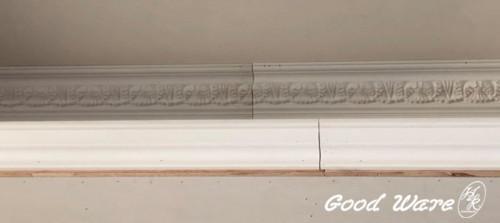
2.Unstitched filling
It is not to say that we will do nothing after leaving the gap, because we will filling it with other materials.The general recommendation is to use various types of adhesive filling.
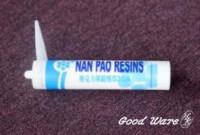 |
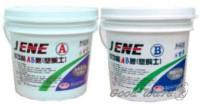 |
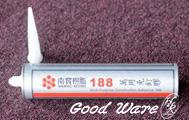 |
| Water-borne silicone | AB glue | Free nail glue |
Nowadays, many inexperienced workers use batting (putty) to fill the gaps. However, there is no elasticity when the batch is dried. Once the material appears hot expansion cold shrinkage phenomenon, the putty ash in the unstitching gap will certainly crack. Therefore, we must repair the cracked gap again. Moreover, the putty ash is not resistant to moisture and is easy to damp cracking. So putty ash can only be used for surface application to cover the surface of small defects.
Experienced professional workers usually use AB glue when filling the unstitching gap of PU moldings and the joint of corners. Because of the strong adhesiveness of AB glue, which contains waterproof property.
Some of them use water-based silica gel. It should be noted that the neutral silica gel (oily silica gel) is not recommended, because the neutral silica gel is extremely difficult to paint. What is more, it is easy off the paint after being painted. Meanwhile, the using of neutral adhesive is not recommended when filling with others adhesive.
3.Specific process of gap filling
Mix AB glue (see the next step directly if you don’t use AB glue)
We should mix A glue and B glue in 1:1 ratio. AB glue starts to harden in about 20 minutes, and it is completely dry and hard after 2 hours ,so it is wasted to make too much.
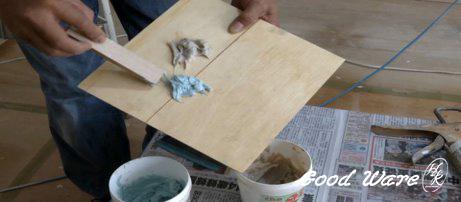
Unstitching gap filling
Firstly, we should use spatula or spatula to fill the unstitching gap with AB glue, then use fingers to wipe AB glue into the gap in the carving pattern (AB glue can be removed before hardening begins by using banana water, so there is no need to worry about residue).
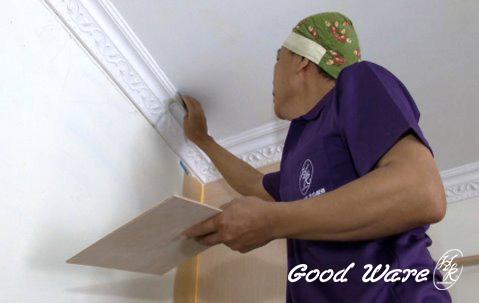
Clean up the glue
We can use the cloth to dip into tianna water (banana water) to wipe the remaining AB glue around the gap. If it is water-based, you can use the wet cloth to clean it directly. (note: tianna water is slightly toxic, which should be used carefully) 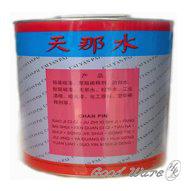
Batch of ash
When the pu adhesive is completely dry and hard, we can mix the putty ash. Then the surface of the unstitching gap is treated with dust.
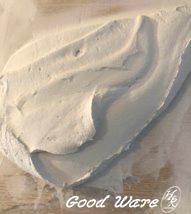
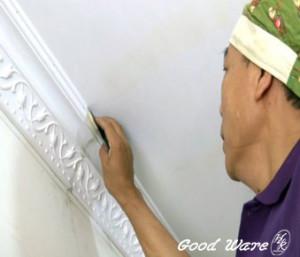
Polish the surface.
After the batch is dried, the surface can be polished with 150 meshes and 360 meshes of sandpaper successively. Finally, it is recommended that 600 meshes of sandpaper could be used at the end to obtain the best texture and increase the aesthetic feeling.
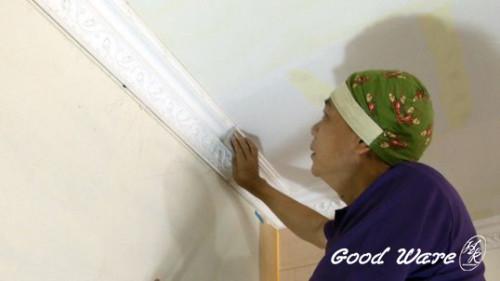
Clean the paint
After the polishing, we need clean the surface of the moldings with a brush or air compressor to remove fine dust and particles in order to painting easily.

Spray paint
Emulsioni paint and oil paint both can be used, it is recommended to spray a layer of matte finish on the surface, which can increase the anti-fouling performance of the surface.(note: waited until the first paint is completely dry before applying the next paint.)
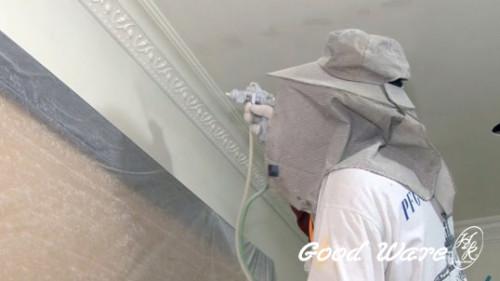
The unstitching gap treatment in PU molding installation is completed. The moldings’ cracks that appears in later can also be repaired in this way. If you want more information, please click HERE.

